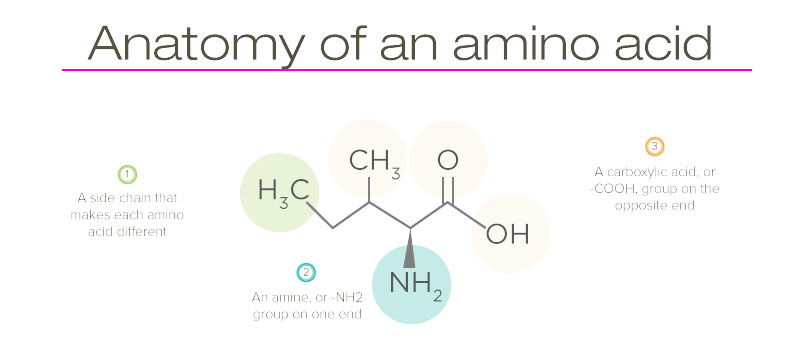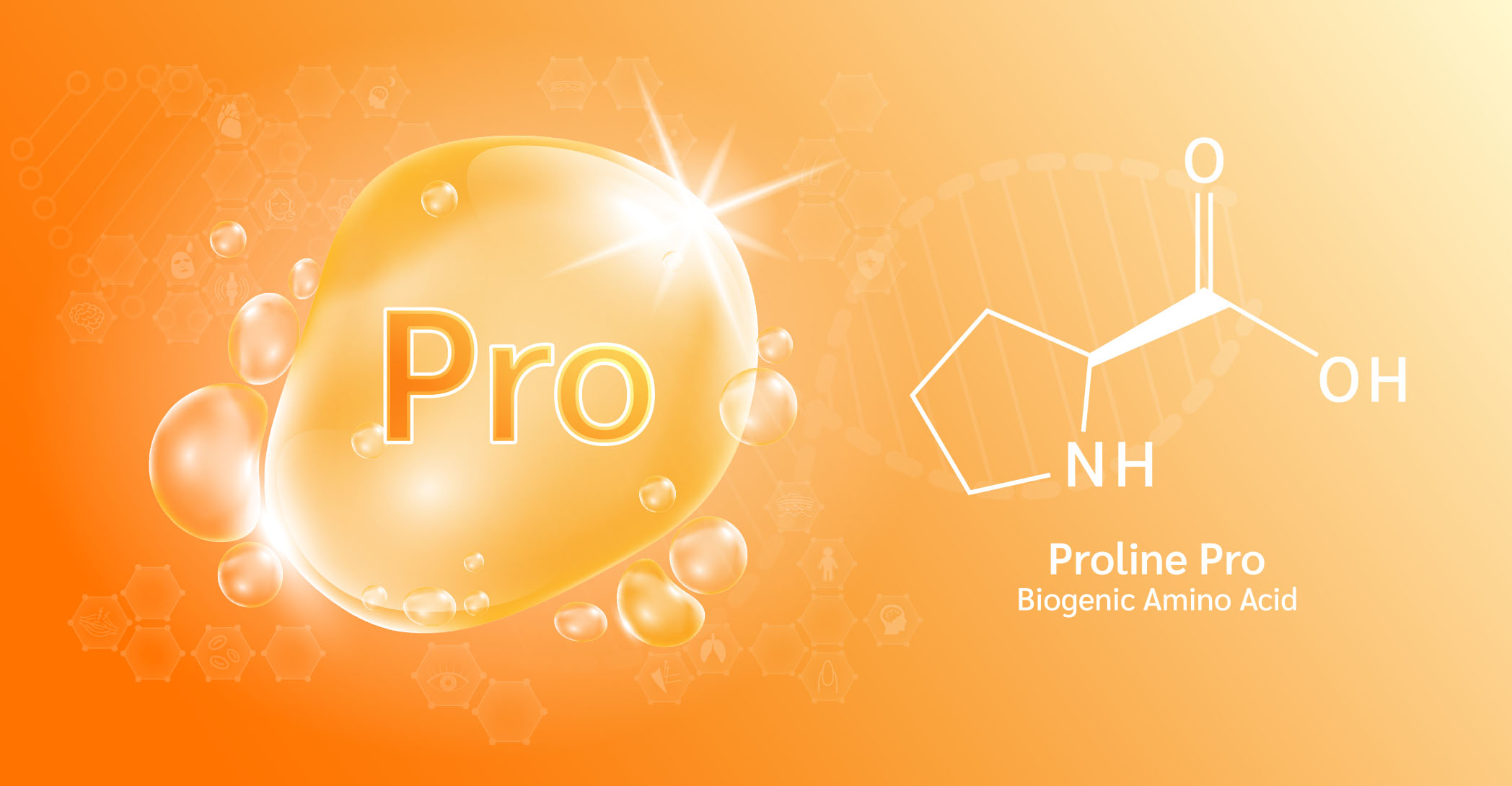

Scientifically speaking, amino acids are organic compounds with three different components:
It is the side chain that is the most important, and which will determine the specific properties of the amino acid (including the pH). The key elements of the side chain include organic elements like carbon, hydrogen, oxygen, and nitrogen. There are over 500 different amino acids (Angewandt Chemie), all varying by the side chain.
In neutral pH levels, which skin care products tend to have, amino acids are also neutral (MHHE.com). This is because amino acids only become acidic in acidic solutions, and basic in basic solutions (MHHE.com). For your skin, this means that amino acids are perfectly safe, whether they are acidic or basic.
These amino acids are slightly acidic:
These amino acids are slightly basic:
The rest are considered to be so close to the middle (pH of 7), the pH is a moot point.
Some ingredients found in other skin care lines, like L-ascorbic acid, glycolic acid, lactic acid, and salicylic acid perform best when they are used in conjunction with neutral or other acidic products. This is because basic ingredients might neutralize the exfoliating effects.
When amino acids are found in your skin care, it is important to find expertly formulated products. Products like Simply Better Skin Care are formulated in the neutral pH range for your skin, which is optimal for your skin’s performance, and enables amino acids to be used with other beneficial ingredients without neutralizing or lessening their effects. It also ensures that the pH is gentle and effective for your skin.










